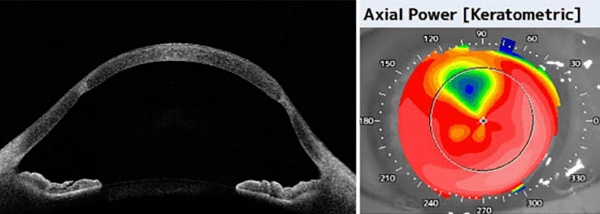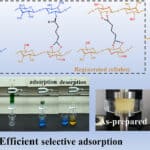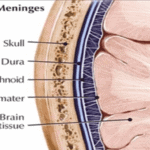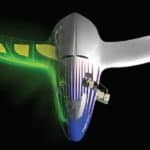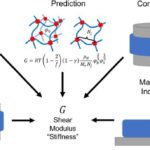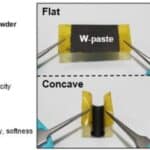Corneal cross-linking is routinely used to stiffen the cornea as a treatment for keratoconus (bulging caused by weak and/or thin cornea). This procedure involves using riboflavin drops to increase light absorption and then ultra-violet light to promote cross-linking in the central region of the cornea. If cross-linking is successful, it can eliminate the need for a corneal transplant. Recently, a research team in Austria investigated the results of using similar techniques on the peripheral cornea as means of improving outcomes in cornea transplant surgeries. The transition zone between the central implanted tissue and peripheral native tissue is a common site for a reoccurrence of keratoconus. The research showed that the normal cross-linking procedure could be modified to successfully stiffen the peripheral cornea.
Find out more here.

